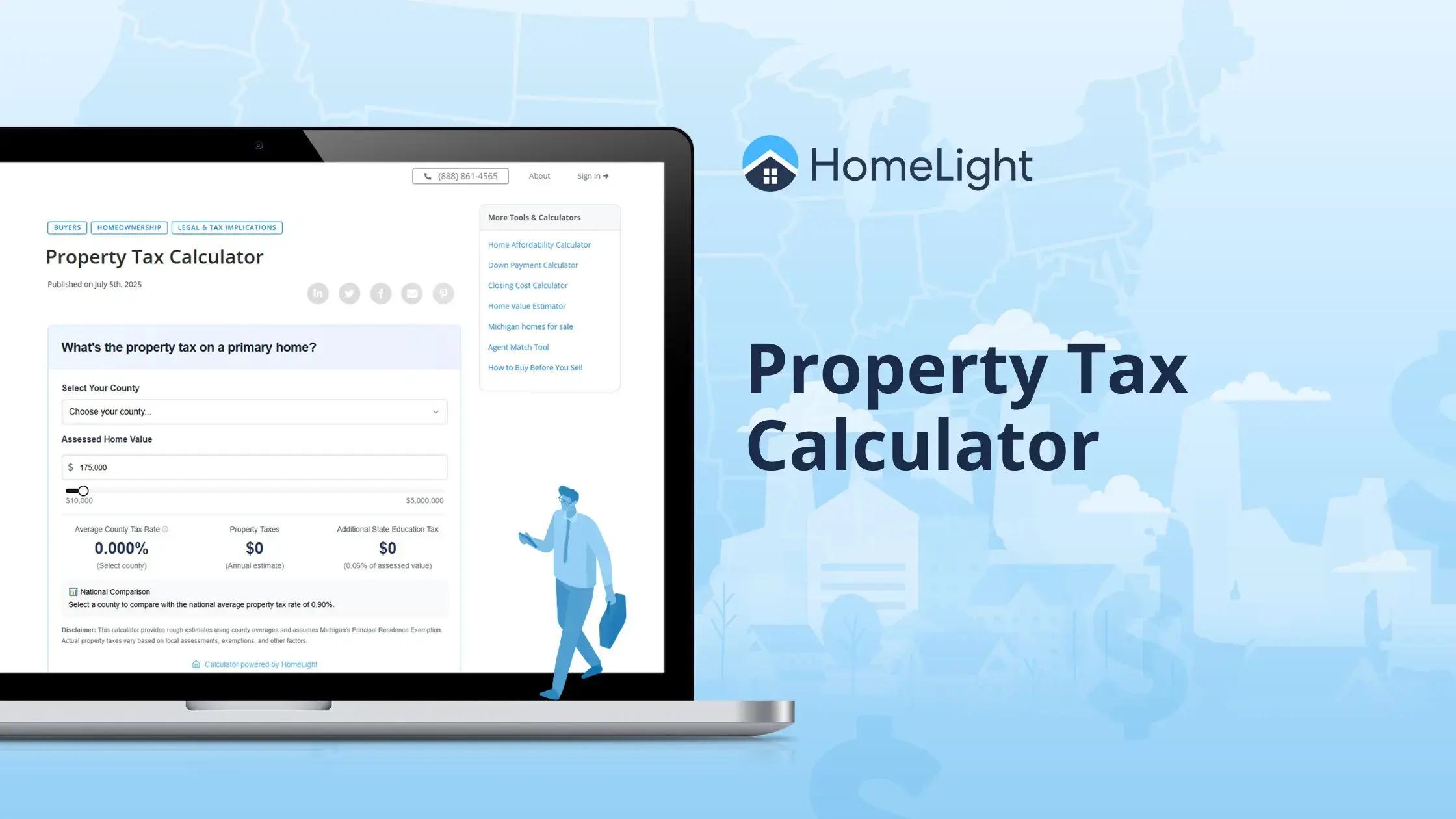
Seller financing can score you a home sale faster, especially in a slow market, but you have to duck and dodge the obstacles that come with it. If you’ve never heard of seller financing, you’re not alone. Seller financing — also known as owner financing — is much more common when selling a business than when selling a home. Seller financed mortgages accounted for just 6% of mortgages from 2009 to 2019. But with the tightening credit market and less liquidity all around, seller financing might be the way you get a good price and a quick sale on your home. So what is seller financing, how does it work, and when does it make sense? Let’s dig in. People usually finance buying a house through a bank or other traditional lending institution. That’s where most homeowners send their mortgage payment every month. With seller financing, you, the seller, lend the buyer credit for part or all of the purchase price, minus a down payment, and the buyer makes monthly payments to you. You are the lender. With seller financing, you extend credit in a short-term loan, minus a down payment, for some or all of the remaining price of the house. You and the buyer sign a promissory note, and the buyer pays you month to month, with interest. Seller financing can make sense in certain markets or situations. In HomeLight’s New Year 2023 Top Agent Insights report, agents surveyed by and large agreed that in most markets the hot seller’s market of 2020-2022 has ended. Houses are no longer garnering multiple offers in most markets and the average home price dropped from $413,800 in June 2022 to around $380,000 (which is still significantly above their pre-pandemic levels). In a cooling market, seller financing could be worth considering, in certain situations. One such situation is when you would rather have a staggered income over a few years vs a lump sum payment or when an otherwise perfect buyer won’t qualify for a traditional mortgage. This may be because they just moved to the area, are going through a divorce, or the property type is difficult to get a mortgage for. Perrin Cornell, an East Wenatchee, Washington agent with over 100 Single Family Home transactions, elaborates that this situation can include when you’re selling “a hundred acres of land or even just twenty acres of land, depending where it’s located. Or an older house that needs a whole lot of renovation, and the buyers are planning on renovating it and flipping it.” Another situation where seller financing makes sense is if you’re selling a farm. The largest lender for farm financing is the federal government, but those loans can take anywhere from six to 24 months to process and maybe you don’t want to wait 2 years. The high interest rates being offered by lending institutions in 2023 is deterring some buyers. Seller financing enables you to offer a better rate than the banks, while still making a profit for yourself. For buyers on a budget (which is most of them), lower interest rates could be the reason they bid for your home vs another comparable one. Dylan Snyder, a Jupiter, Florida top real estate agent with nearly 25 years of experience, says he’s only had clients use seller financing a couple of times because “all the stars have to be in line. It doesn’t always happen.” There are a few different ways you can set up seller financing: The main obstacle for many sellers is that you have to own your home free and clear to offer this option. If you still have a mortgage, your lender has to approve seller financing, which is rare. Say you do own your home. You do offer seller financing, and that home gets sold. Remember that you might now be the sole lender. That’s fine, as long as the payments keep coming every month. But what if they stop? Where do you turn then? Nowhere. This job is yours, and yours alone, to handle. Imagine that. Foreclosing is your problem, and you may spend in the tens of thousands of dollars on legal and other fees, plus spend the time it takes to supervise the foreclosure process. In the meantime, you are no longer getting that payment every month you were counting on. The maintenance, property taxes, and insurance? It’s still your house. Yup, they’re all suddenly your problem again. While you’re hacking your way through this jungle, the value of your house could be dropping…and dropping. How excited are you to start the selling process all over again from the beginning for a house that now appraises for less? If you are doing partial financing, along with a lending institution, and foreclosure happens, the bank gets paid in full first. You have to sit and wait for yours, and that could be a very long wait. Even if everything goes well, the taxes in a seller-financed purchase are extremely complicated, and you will need to be organized with your documentation and should consider hiring a professional. Home sale tax implications are complicated and your eligibility to have part of the profit from a primary residence sale be tax-free may have changed. For your own protection, you will need a loan application and all relevant documents from the buyer, and it’s on you to get everything checked and vetted. Remember, you’re doing all the lender work here. Seller financing has risks, but they can be managed if you approach it as professionally and as thoroughly as a financial institution would. This means, getting your documents in order. Get a complete loan application as thorough as a bank would use, and take the time to confirm every detail of the buyer’s financial situation. You can find basic applications online. The contract needs to state that the sale is subject to your approval of the application. You may need legal assistance to get these steps right. Make sure the loan is secured by the property: ensure the right to foreclose if necessary. You do not really want that house back, but at least you will get it. If you need to, you’ll be able to sell it again. Do not accept less than a 10% down payment so your agent and escrow fees are covered. You are more secure with a buyer who has a serious financial investment in the house. Cornell shares that “I typically tell my sellers and the buyers that they should have somewhere around 30% or more as a down payment. That way if the seller does have to take it back, they have some cash to mitigate any problems. And in turn, the buyer isn’t likely to walk away from it if they’ve got some significant money in the deal.” Don’t let impatience tempt you to accept a buyer your instincts tell you is not a safe bet. Make sure you’re selling to the right buyer, one who is likely to repay the loan you’re extending. And if you do go with seller financing, remember to check on your property. You don’t want the deal to go sideways and after foreclosing, discover the house needs extensive repairs before you can sell it again. There are fantastic HomeLight agents who count seller financing as one of their specialties. When you’re looking for the right agent for you, make sure they know you are ready to offer seller financing so they can proactively share that with potential buyers. Give your agent your terms for seller financing, the details of what you are willing and able to do to work with a buyer. The listing needs to say “seller financing available,” “owner will carry,” “owc,” “flexible terms,” “motivated seller,” or “wrap” (for a mortgage “wrapped” around another). If you see these terms in other listings in your area, you will have a much clearer sense of what the “competition” is up to, which may help you decide if the risks are worth choosing seller financing for yourself!What is seller financing?
When and for whom selling financing makes sense
Options for seller financing
Risks and challenges of seller financing
The other downsides of seller financing
Minimizing the risk of seller financing
If you’re thinking about seller financing, work with a top agent


